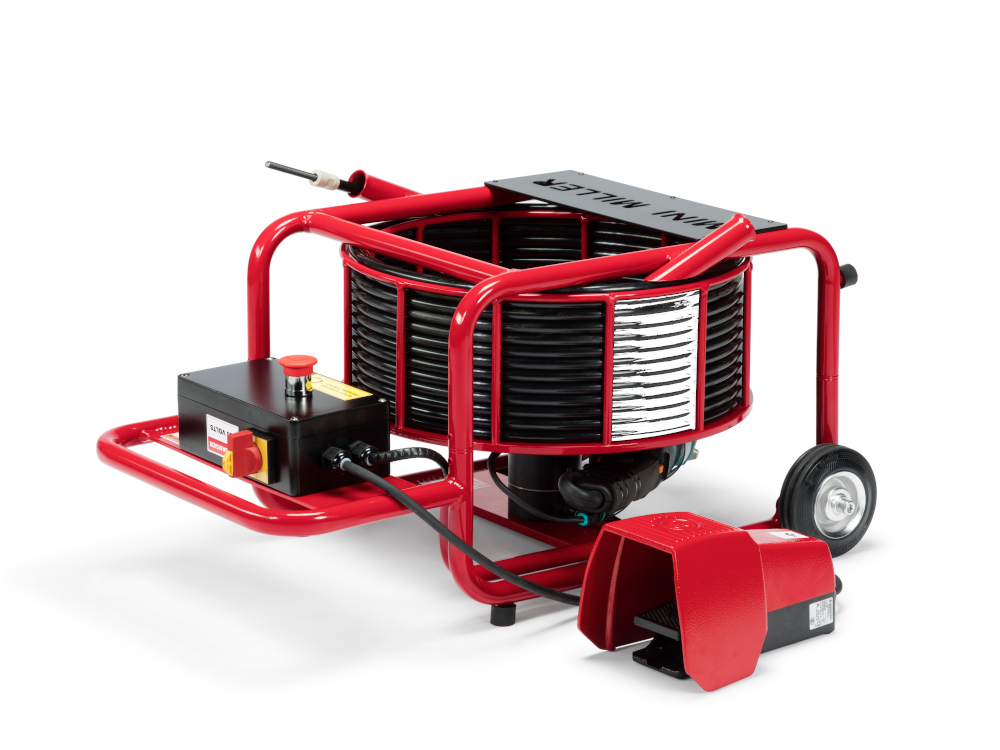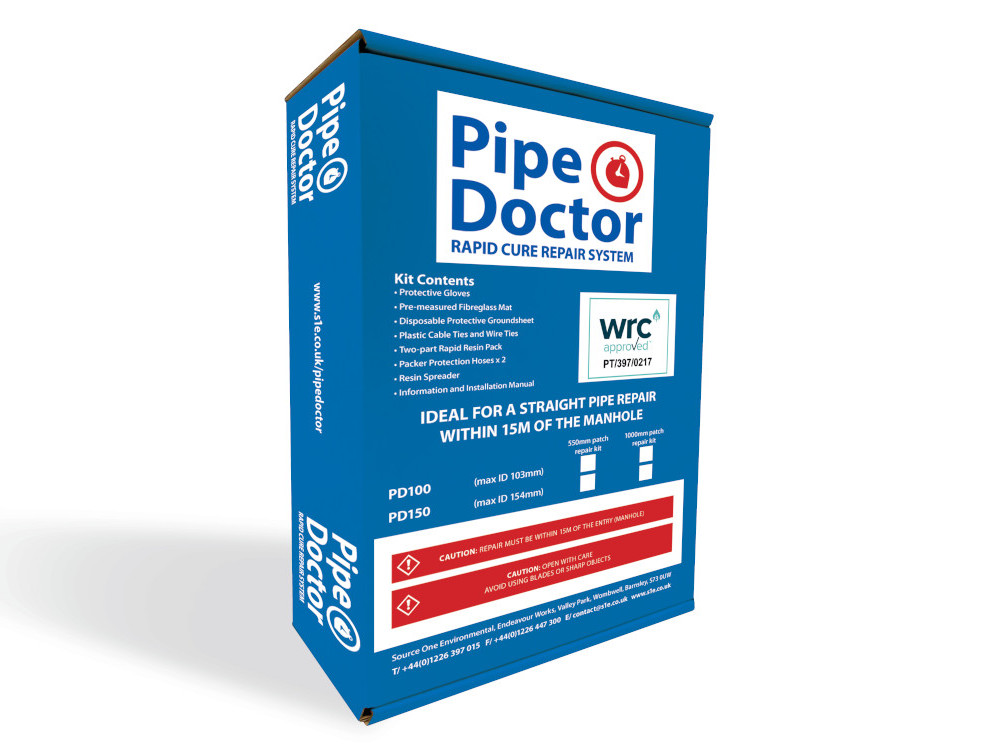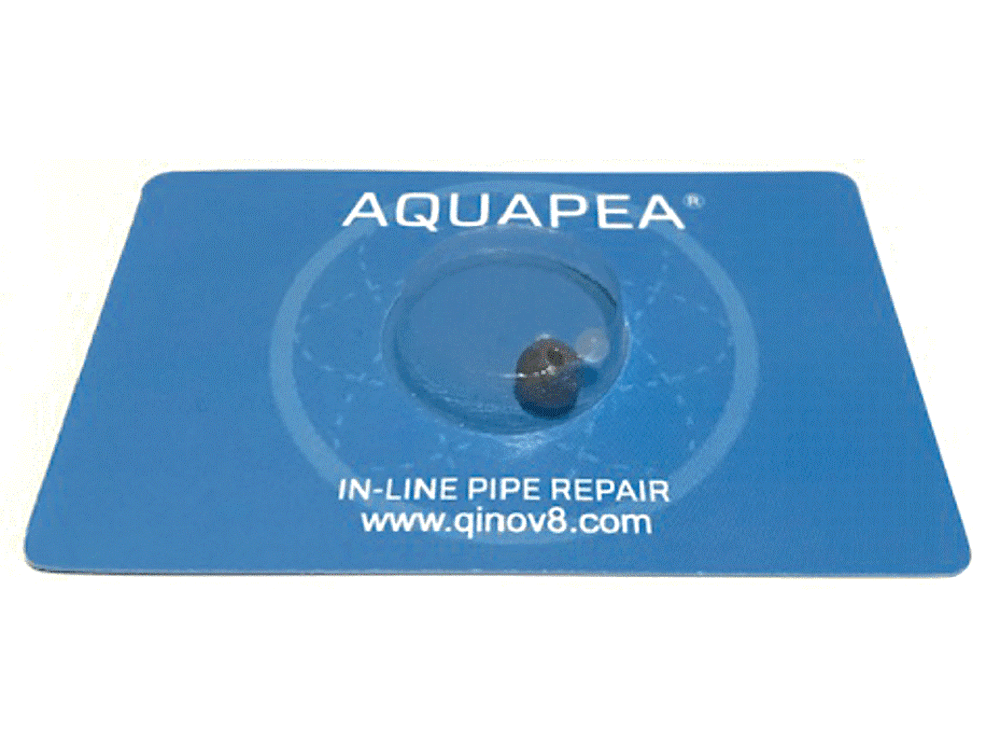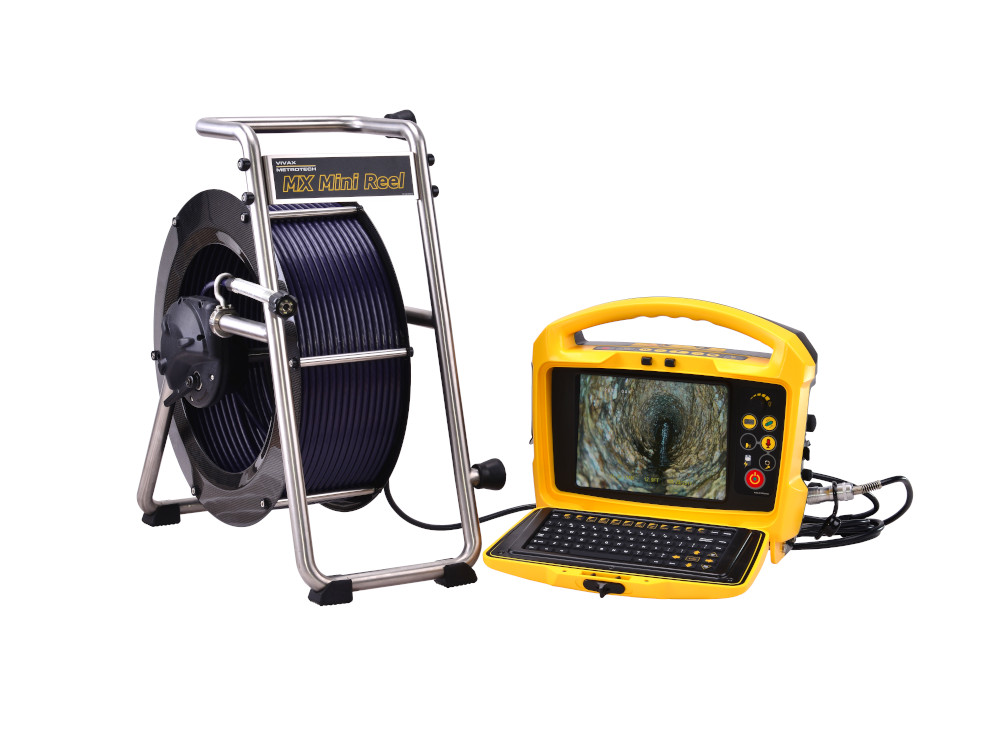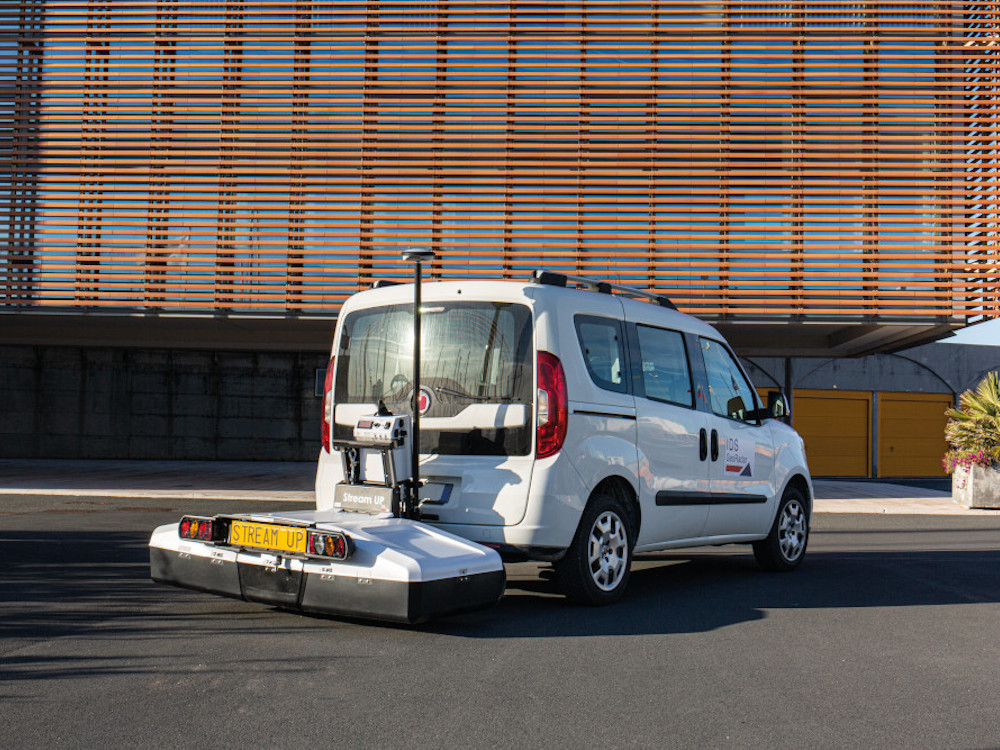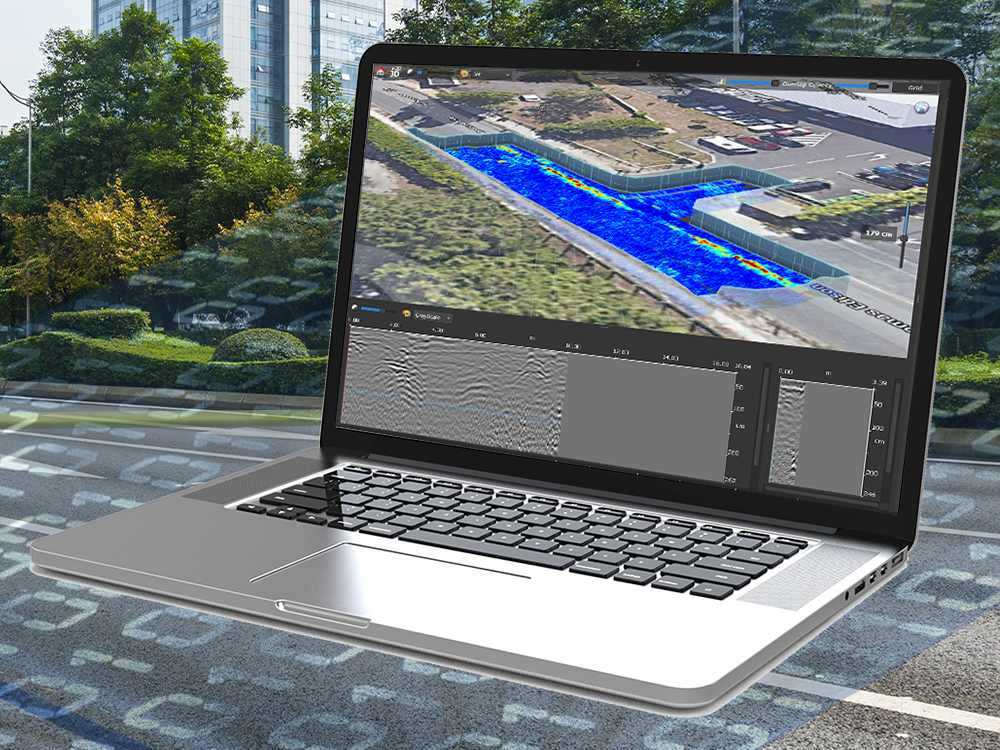We wanted to educate our readers and we’re sure that most people are fully aware about trenchless pipe rehabilitation, however, we wanted to go back to basics and look at what Pipe Rehabilitation really means and the effective methods included in such a repair and replacement activity.
What does Pipe Rehabilitation mean?
Pipe rehabilitation is that aspect of trenchless rehabilitation that undertakes the repair or replacement of sewer and water pipelines that run under a city or town, connecting homes, offices and industries to the municipal sewer network or water connection.
Trenchless technology enables repair and replacement with little to no digging required. Pipe rehabilitation can usually be carried out from manholes. There are different methods for trenchless rehabilitation of pipes which are cost effective, quick, reliable, and long lasting.
Trenchless methods are becoming popular because they are non-disruptive and eco-friendly.
Pipe rehabilitation methods include
- slip lining,
- cured-in-place pipe (CIPP),
- thermoformed pipe,
- mechanical spot repair
- pipe bursting.
- Pipe Coating
Cured in place pipe (CIPP) lining (AKA Trenchless Pipe Lining)
CIPP lining which is known as “cured-in-place pipe lining” is commonly referred to as Trenchless pipe lining, Sewer pipe lining, CIPP Trenchless pipe repair and CIPP Trenchless sewer repair, among other names.
A popular method of pipe rehabilitation is CIPP which involves the use of a resin-soaked liner that is inverted and inserted into the affected pipeline after the pipeline is cleaned and inspected. Once placed within the pipe, the liner is expanded, using compressed air or steam, and allowed to fill the pipe. Heat is applied to the liner to accelerate the curing process.
Trenchless pipe lining is a cost-effective method of repairing damaged sewer laterals without the need for trench excavation.
Pipe Bursting Rehabilitation
Another commonly used trenchless method is pipe bursting in which a pipe, with a slightly smaller diameter than the host pipe, is inserted behind a bursting head. The bursting head has a slightly larger diameter than the host pipe and, as it rotates through the host pipe, it bursts the pipe and pushes the broken pieces into the surrounding soil while pulling the new pipe behind it and replacing the damaged pipe.
Mechanical Spot Rehabilitation
Mechanical spot repairs are used for strengthening small areas of damaged pipes that do not need to be replaced.
Pipelines around the world are in danger due to ageing, deposits, and corrosion. Leaky fittings and cracks are an environmental hazard and cause the loss of valuable resources such as drinking water, gas, or oil.
Open-cut pipe replacement is very time-consuming, expensive, noisy, and often causes significant traffic disruptions.
Pipe Coating
The Picote Brush Coating™ System is a simple, fast and practical coating system used for drain and sewer renovation. Coat unlined or lined pipes or connections from DN32 – DN200 / 1¼" – 8" with the Picote Coating Pump and Mini Miller combination. Coat anything from a small area (such as a lined connection) to entire piping systems, for example blocks of flats with our easy to use Smart Mixer and dual-colour 100% solids epoxy resin cartridges for cast iron, PVC, concrete or clay pipes.
Whilst the brush pipe coating is not necessarily a replacement for CIPP Lining it is a solution when CIPP installation isn’t possible due to multiple bends or inaccessible reinstatements.
Click here for our Picote Range
